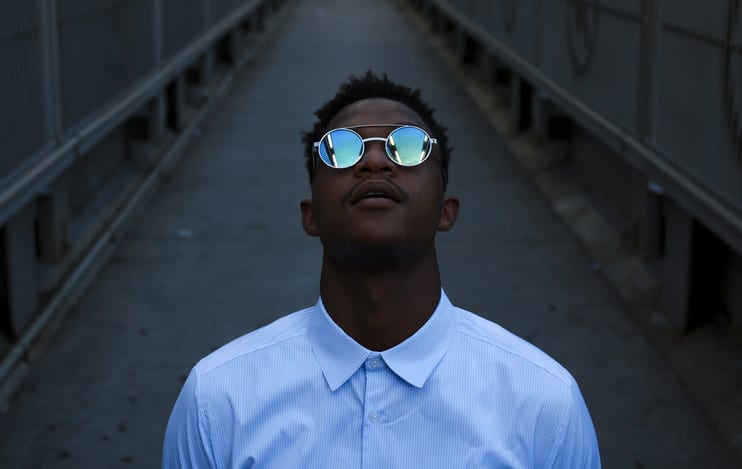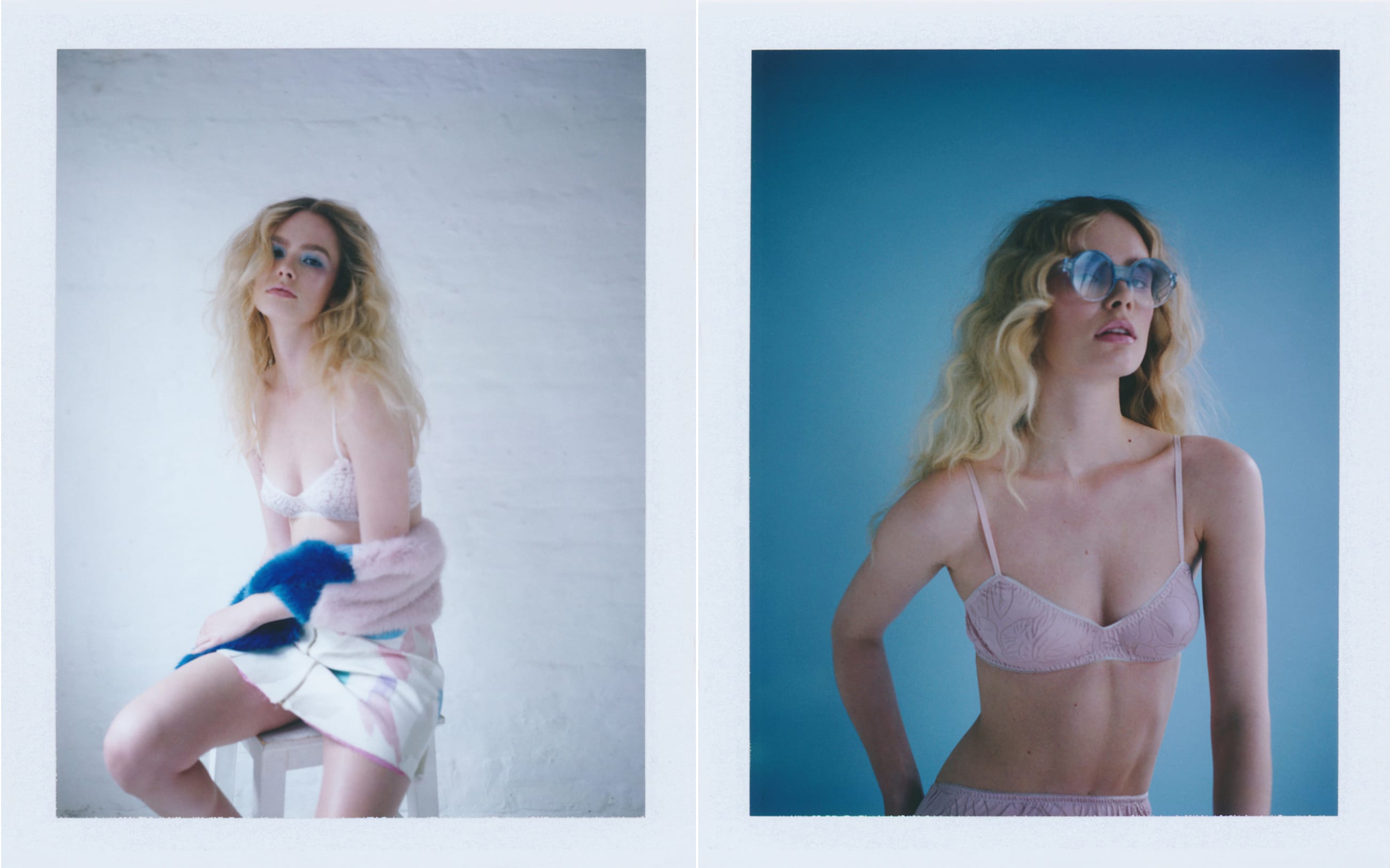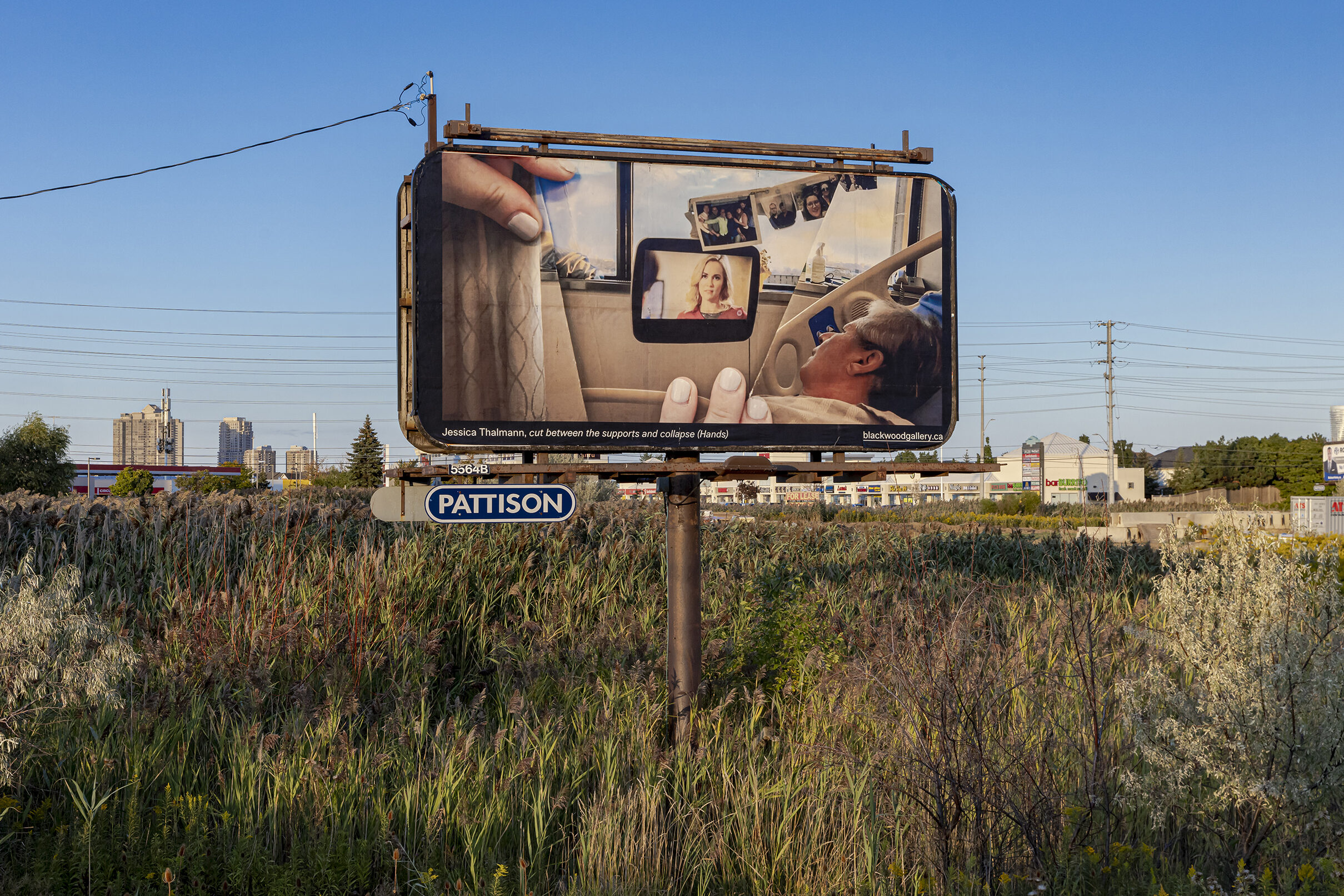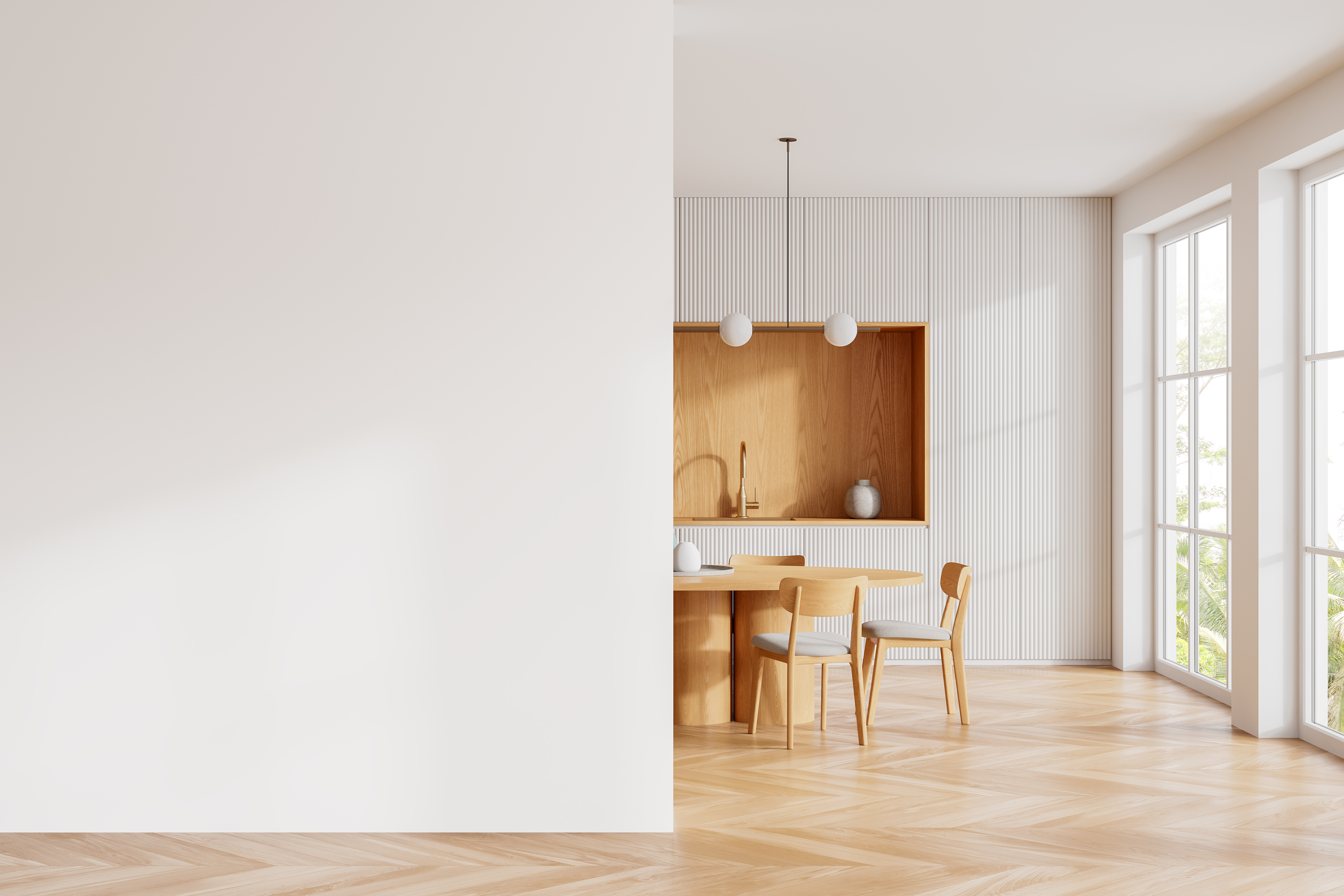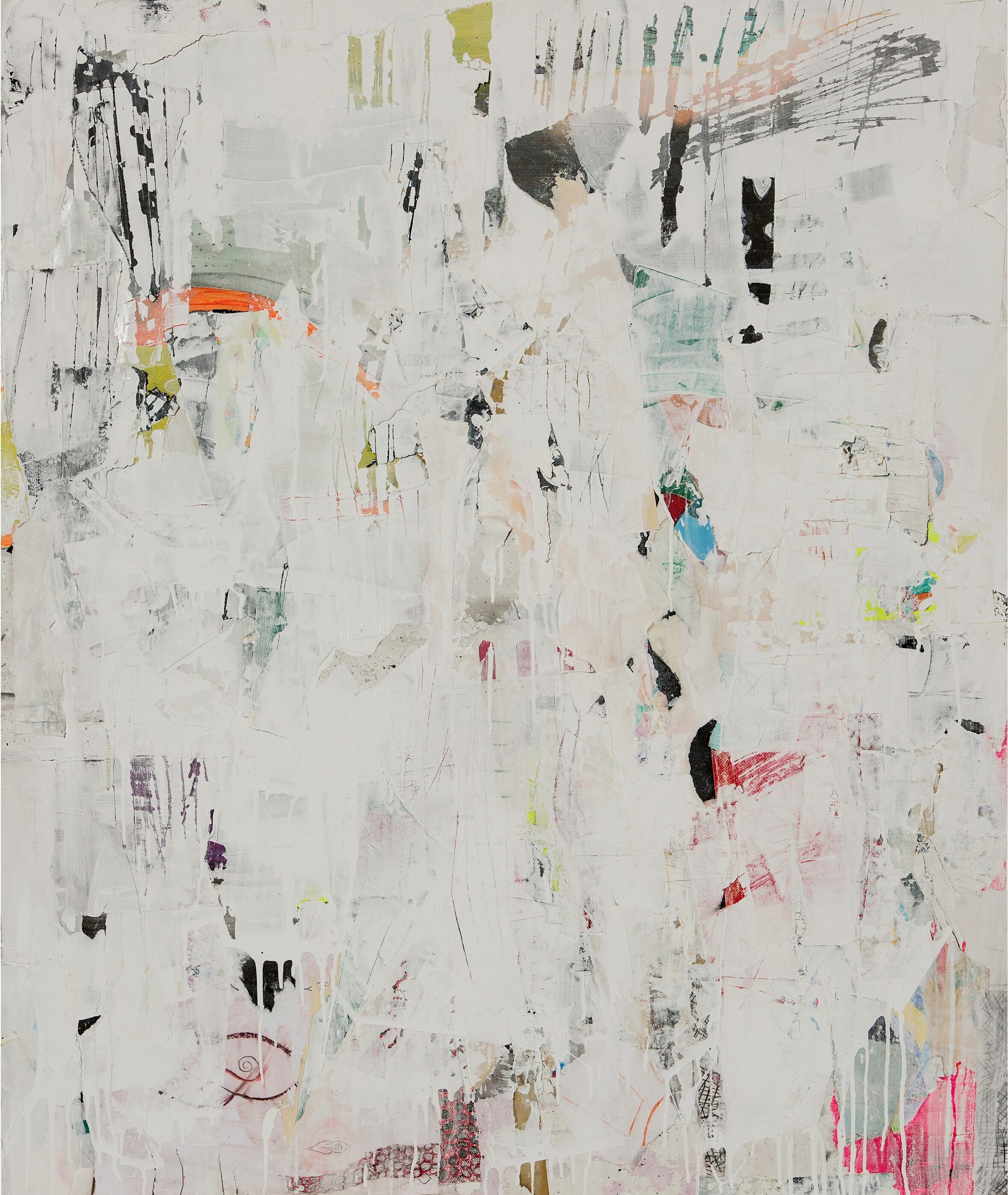A few tips and tricks that could change how you think about portrait photography.
New York-based photographer Aundre Larrow’s portraits are rich, colour-saturated close-ups of a range of personalities, from football players to cute kids to barbershop patrons and rapper Chief Keef. He truly connects to his subjects and creates a unique blend of his style with their personality.
Because we’re always looking for insights from experts, we had more than a few questions for Larrow. He told us about the challenges of portrait photography, the advantages of shooting film, and some tips for getting along with clients.
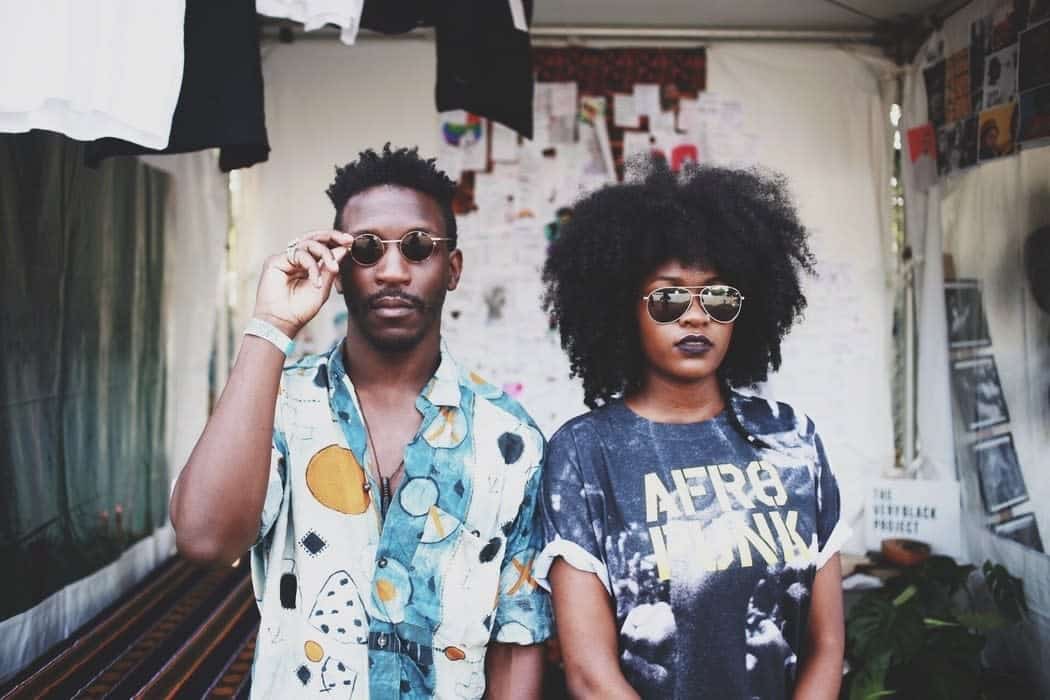
1. Take your time shooting—don’t rush yourself.
“Sometimes you have to spend those first couple minutes—you’re shooting, but you’re not shooting. But once you get into it most people are good subjects. Because, okay, even if you have, like, a massive pimple on the side of your face or whatever and you wanted to take a portrait, we could still try to find an area where we can use some light to capture an interesting other side of your face.
“Everybody probably has something interesting about them. The default’s your smile and your eyes, and if there’s something else then you just try to isolate that.
“If it’s somebody I don’t know, then I will shoot them for a little bit until I find a setting where I can only shoot them in a certain way. And to get there I have to usually get them relaxed enough to trust me enough to act or to be themselves, which takes a little bit of time.”
Portraits are the easiest to take technically, but the hardest to execute properly.
2. Plan ahead to make sure you have the right equipment.
“If you’re shooting outdoor portraits, I would have a reflector. Reflectors are amazing, and then they have a diffuser in the middle so that if it’s too bright out, you can ask one of your friends to use it to diffuse the light.
“Then, just use a camera and a lens that most readily represents how you see the world. So for me, a full frame, my 60mm with a 35mm.
“A camera, probably an extra battery, and a reflector are all I would really, really say to use. You don’t need a lot—portraits are the easiest to take technically, but the hardest to execute properly.”
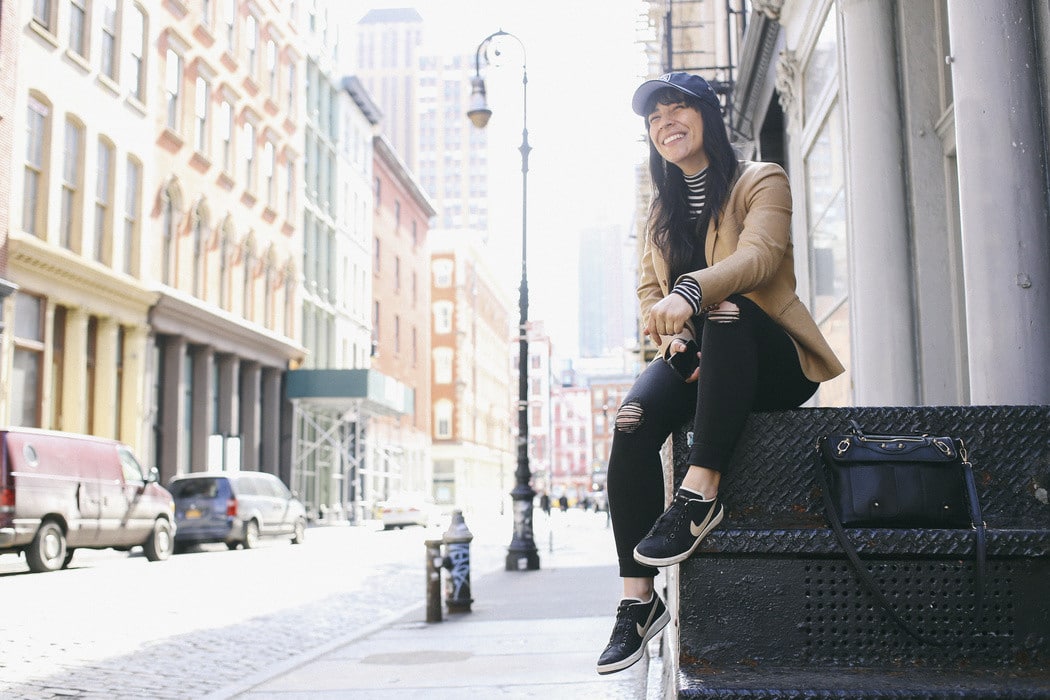
3. Set photo subjects at ease by being yourself.
“If you expect someone you don’t know to be comfortable with you and be themselves, you have to be yourself.
“For me, I’ll chat with you a lot and try to make you feel comfortable, pick you up a little bit. I think that’s valuable. But whatever comes most naturally to that person is important, because at the end of the day you’re shooting a client.
“They commission you to do something, so they understand that you are achieving your vision the best you can. If you are quiet, then be quiet, and if you’re not then don’t be, but whatever it is just speak to the client beforehand and say, ‘Hey, I’m generally like this. What makes you feel comfortable?’
“If you get a feeling someone will be stiff, ask them to bring one of their friends with them. I can help them be themselves more easily.”
4. Make sure client expectations are clear.
“Try to understand what their goal is, what they’re doing. If it’s head shots, are they trying to get hired at National, are they trying to get hired at Goldman Sachs? Are these portraits for their personal website? Are they for social?
“Have them show you examples of work they think would work well, and if you see something that’s a red flag—like pictures in your work that don’t look like the pictures they’re showing—just discuss that with them ahead of time.”
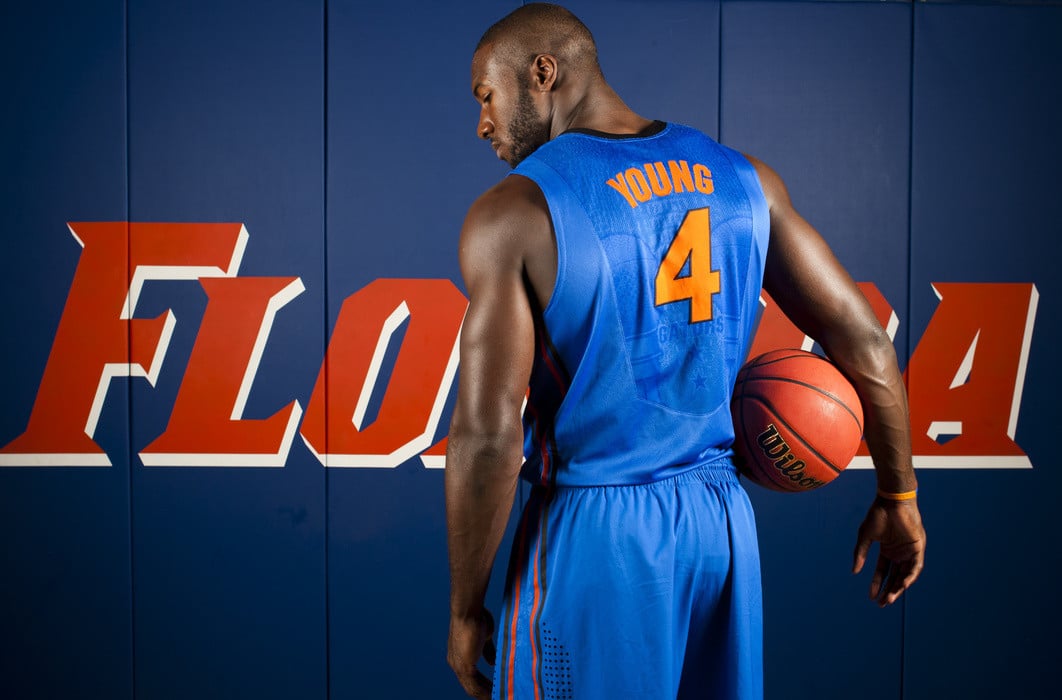
5. Don’t be afraid to redo work if a project doesn’t turn out as planned.
“If a client’s unhappy, speak to people—one or two people you know that are professionals—and just ask them, ‘What do you think?’ Get a second opinion.
“Sometimes you might have to reshoot something. I’ve had to reshoot things before, and it helps because you want to show a willingness to deliver what they want. At the end of the day, that’s what’s going to matter.”
6. Be ready to work with criticism.
“I don’t like to work from example pictures, but I do for certain clients. You have them send you example pictures, you have them look at your portfolio and then you ask them, ‘What in my work do you like?’
“You try as hard as you can before you’re even there to understand what they want.
“During your shoot, I show the client shots and ask them, ‘How do you feel about how you look here? How do you feel about this?’
“Show them the photos because—not everybody would do this and I don’t recommend it for everybody—but I think especially if it’s somebody’s head shots, you want to show that to them so they understand what they look like.
“If you’re shooting and someone seems like they don’t like it, ask them what they don’t like. With that communication, we can problem solve. I can show them a couple of different angles and say, ‘Which of these do you like the best based on how you look?’ If they don’t like anything and they’re being really difficult…that’s why you should take deposits ahead of time, just do that for your own safety and stress level.”
Surround yourself with photographers that are better than you.
7. Look for inspiration from photographers whose work you admire.
“Surround yourself with photographers that are better than you. I used to assist this photographer Coty Tarr. He’s amazing. Coty has this really strong editing style. So I kind of stole a little bit from that.”
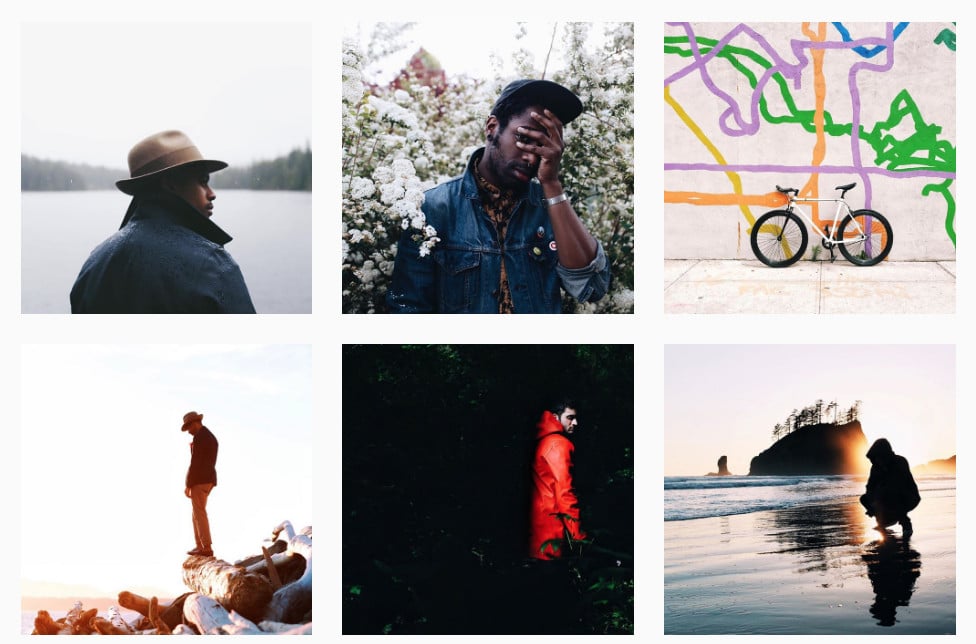
Follow @aundre on Instagram.
8. Make sure your online presence reflects your brand.
“I use Instagram to be really immediate. With your portfolio, you really infect the person’s mood. You can ask yourself, ‘How do I want to balance these images?’
“On your portfolio, the question shouldn’t be, ‘How good is this?’ It’s should be, ‘What am I trying to portray?’
“You want to show through a variety of different things what your style is like—in the same way that Instagram does, but I think in a slightly more curative way.
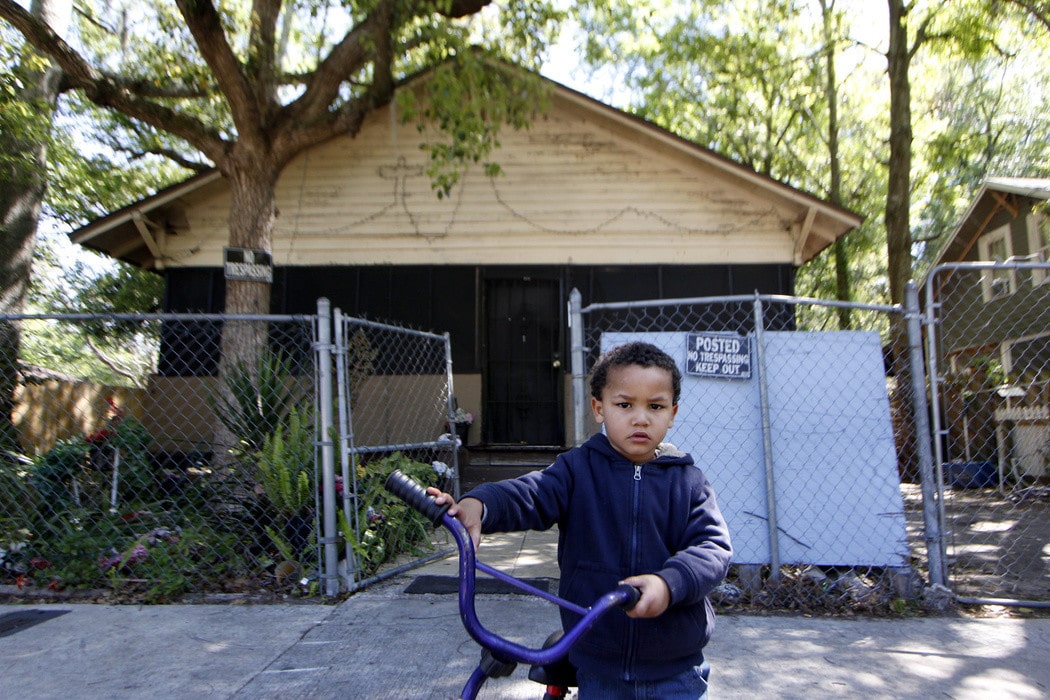
9. Explore different mediums and modes of working.
“I got to shoot film on a Pentax K1000 and a Canon D1 from sophomore year of high school all the way till the end of freshman year. I learned how to process my film and use mergers and stuff and it was really helpful. I think that through that process I started to appreciate film for what it was.
“As I started to go to digital, I think I lost hold of that. I think slowing that process down, whether that’s using my Instagram less or spending more time on my images—looking at them, thinking about them—that pays dividends, because it helps to cultivate my eye.
“Film teaches you patience. You need to know what you’re going to do before you do it. You have to also think to yourself: you could have a crack in your film that could be a light leak. You could be processing your film, leave it in too long or too short, or Walgreens could leave it on too short, or someone else could mess it up. There are a lot of variables.
When you paint, you have to spend a long time painting. When you draw, you spend a long time drawing… if you’re just shooting with your phone or your digital camera, it can be so quick that you forget that you got to make this thing.
“When you paint, you have to spend a long time painting. When you draw, you spend a long time drawing. Your hand is on paper in all these things, but if you’re just shooting with your phone or your digital camera, it can be so quick that you forget that you got to make this thing.
“At the end of the day it’s art—even if it’s shitty it’s still art. Something I would advise, regardless of what you do, is just spend a lot of time on it and with it.”
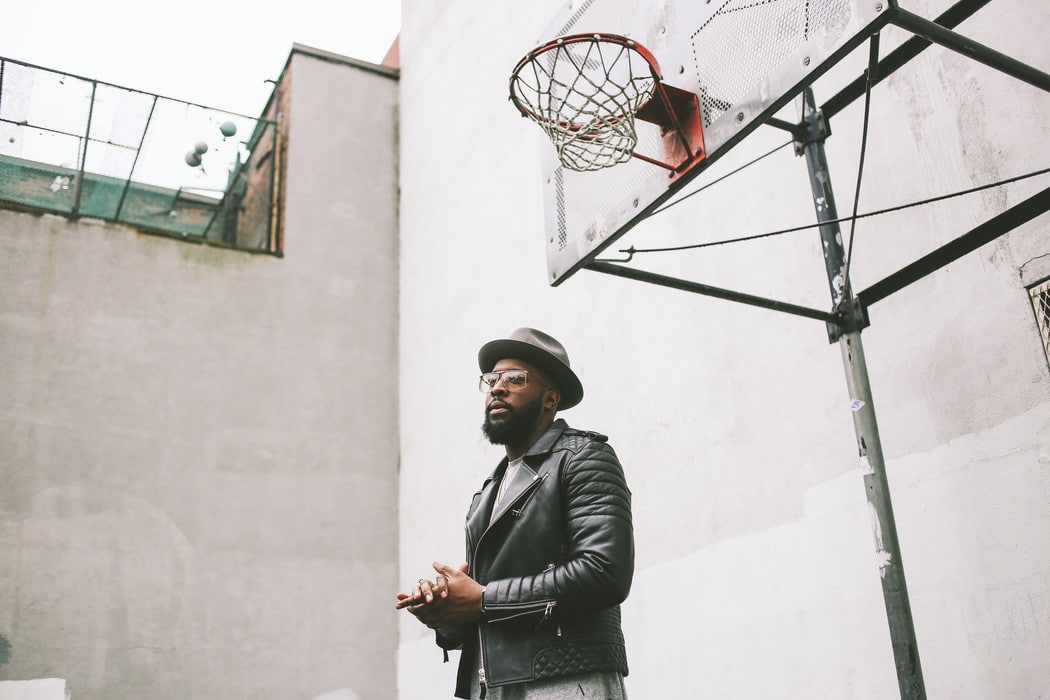
Aundre Larrow’s portfolio
All images by Aundre Larrow
